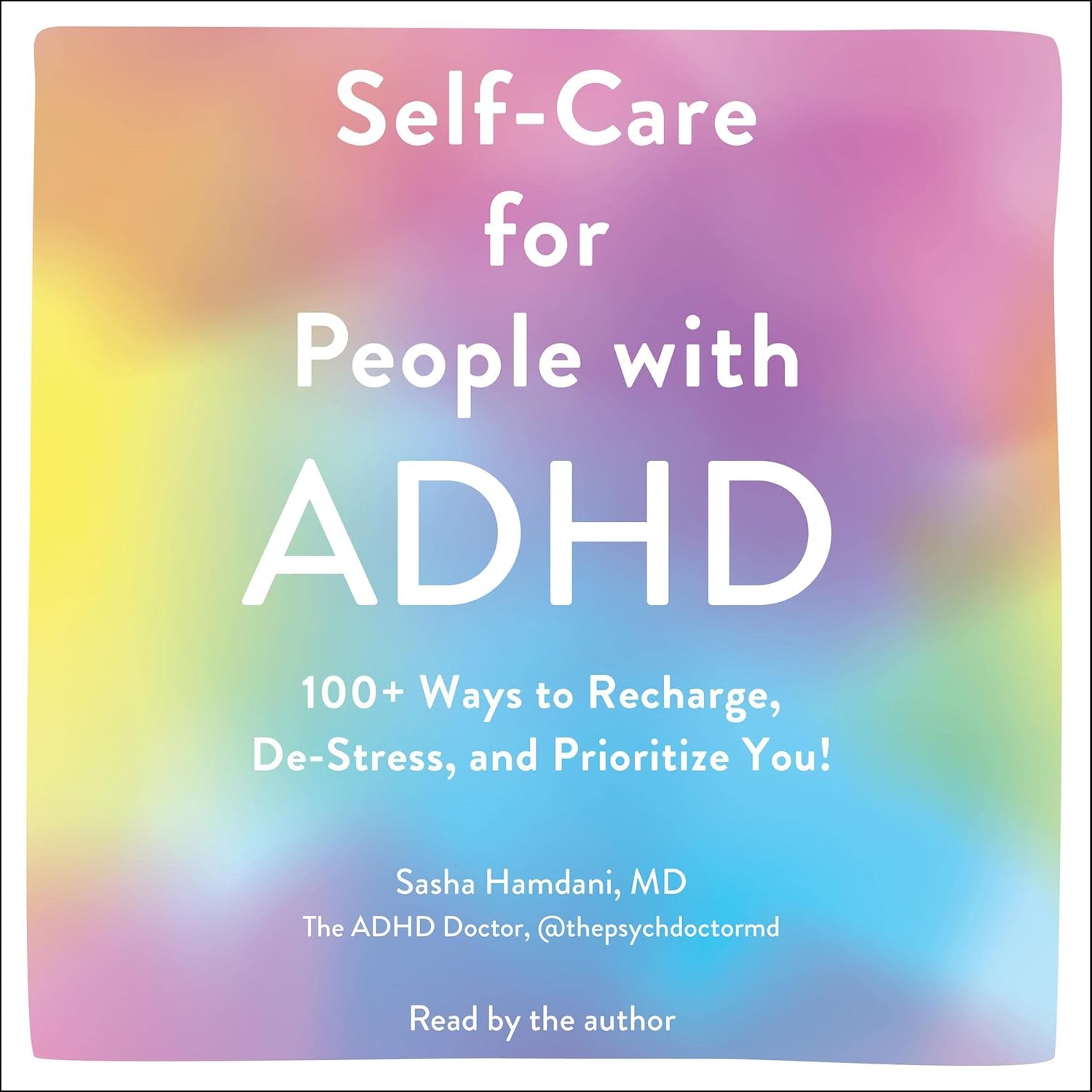I’ve just finished reading Self-Care for People with ADHD by Dr. Sasha Hamdani, and I felt compelled to share my experience. As someone who has always been interested in mental health and self-improvement literature, I was particularly drawn to this book because it promised to address ADHD in a compassionate and practical way. With over 100 exercises designed to destress, build community, and harness the strengths associated with ADHD, I thought this could be a game-changer for many, including myself.
From the outset, the layout and writing style were engaging and friendly, making it easy to dive right in. The layout is particularly ADHD-friendly, featuring bite-sized chapters that can be consumed at one’s own pace. It’s a refreshing change from dense, text-heavy reads. Readers have noted how enjoyable it is to flip through, with clear subsection titles in contrasting colors, making it easy to follow along. As Gretchen Peterson mentioned in her review, you quickly feel as if this book was tailored to your own experiences, and I couldn’t agree more.
One of the standout aspects of the book is how it manages to destigmatize ADHD while also providing practical solutions for its challenges. Dr. Hamdani does an excellent job of fostering self-acceptance through her tips. She encourages readers to recognize ADHD traits not just as obstacles but as unique strengths that can be utilized positively in everyday life. I found her approach to be empathetic, as she constantly reminds us that we are not defined by our ADHD struggles, but by how we choose to navigate them.
However, despite my overall positive experience, there were a couple of drawbacks that I felt were worth mentioning. A few readers, like Brittany, pointed out issues with the physical copy’s texture and quality, which is something I hadn’t encountered in my e-book version but can understand how it might be distracting. Additionally, some reviews echoed a desire for more depth, suggesting that while the content was rich in tips, it would have been beneficial to include more case studies or personal anecdotes to illustrate points further. This is something I personally missed while navigating the material.
I did appreciate that Dr. Hamdani’s background as a psychiatrist with ADHD adds credibility and authenticity to her insights. Her firsthand experience deeply resonates throughout the book, making it relatable. For instance, she divides the content into various sections—emotional self-care, physical self-care, and others—an organizational choice that allows for quick access to relevant material. This structure is especially handy for someone with ADHD, who might find it daunting to read long texts without clear points of reference.
Overall, my expectations were met quite well. The book is indeed an essential resource for anyone with ADHD or for those who want to better understand the experience of someone living with ADHD. The exercises offer valuable insights and actionable steps that can lead to more fulfilling self-care routines. While I think the book could have benefited from additional depth and a better physical presentation, the content itself shines as a remarkable guide for embracing ADHD as a unique aspect of one’s identity.
In conclusion, I would highly recommend Self-Care for People with ADHD to anyone seeking to understand ADHD better or to incorporate positive self-care practices into their lives. Its accessibility, engaging structure, and empathetic tone make it a standout in the genre of self-help literature for ADHD. It’s a book that not only advocates for self-acceptance but actively fosters it, reminding us that our differences can indeed be our strengths.








